Table of contents :
Whether you compose, mix or just listen to music, how to choose your headphones? The question obviously arises. Likewise if you want to use it for your digital instrument (piano, guitar, drums, cello or even accordion) or quite simply for your smartphone. In these next lines, we will see point by point the different important aspects of a headphone and we will also see some brands with which we work and which would be adapted to the desired use.
It is important to know the different characteristics of an audio headset in order to avoid ending up with a headset that is not suitable for the use that you want to make of it.
The different points to consider:
- Comfort
- Supraaural or circumaural
- Open or closed
- Wired or bluetooth
- Impedance
- Bandwidth
Choose a comfortable headphone
An essential point often overlooked, your headphone should not hurt your ears or head, especially if you are used to wearing it for a long time.
Some headphones benefit from particularly comfortable padded cushions, we note in this category: the DT series from Beyerdynamic . The 80/250 Ohm models even have velor pads, which increases comfort and reduces possible erosion of the faux leather on the models below.
Do not hesitate to check if your headphone has enough padded pads at the level of the ears but also at the level of the hoop which can exert a certain pressure on the head. Some headphones even have the possibility of being able to change the pads.
On-ear or over-ear headphones

They are also called, respectively, on-ear or over-ear headphones. The peculiarity of supraaural headphones is that they are based mainly on the ears and more precisely on their cartilages. We are therefore talking about on-ear headphones. Less bulky and lighter, it is the ideal solution for people looking for a nomadic type headphone .
Contrary to this particularity, you will find over-ear headphones or over-ear headphones which cover the entire ear, as the V-Moda brand offers for most of its models. This offers additional comfort because the weight, also more substantial since the headphone is larger, does not rest mainly on the cartilage of the ears but on the skull. Subsequently, the following point is linked to it.
Open or closed headphones
It is undeniable that if you are looking for privacy, the closed headphone will be the ideal sidekick. Audio Technica offers closed headphones with the most perfect insulation and are designed for recording. The open headphones will let in outside noise, so the insulation will be less, and based on this premise, your entourage will also be able to enjoy your concert. As the reduction in external emissions is reduced with the headphone open, the latter makes it possible to maintain contact with the outside thanks to one or more small external ventilation grilles.
We can also note the existence of semi-open headphones which makes an ideal compromise between the two types of closed or open headphones for a balance between ventilation and sound isolation.
For audiophiles, we recommend open hi- fi (High Fidelity) headphones as this can bring you closer to the spatial sensation produced by hi-fi systems. From a sound point of view, we will have a more spacious and therefore deeper beach. The sound quality will be much higher. However, these headphones will be preferred for simple listening use and not for use in a home studio, recording or mixing.
Wired or bluetooth headphones
Bluetooth is at the center of attention today. This is a strong point, often sought after. But beware, wireless systems also have flaws such as latency risks that you will not encounter on a wired headset. Obviously, purists will swear by much more reliable wired headphones if you want to use them in the studio, such as composition or mixing where precision plays a major role. Note that monitoring headsets are mainly wired (Jack or USB) to avoid any latency and other concerns of the same ilk.
To use headphones with a digital instrument, the Yamaha brand is among the best since it also offers various instruments (digital pianos such as acoustic / silent, keyboards, guitars / basses and amps, silent violins / cellos, etc.) and knows thus the critical points to be taken care of. Yamaha offers some really excellent wired instrument headsets such as the HPH-50 or the HPH-150 for the model above.
Impedance
The impedance is measured in ohms and the latter specifies the resistance of the headphones to an alternating electric current which will pass through it and the quality of the sound which will be transcribed. We tend to neglect this point because it is a little more complicated to understand. However, it is important not to opt for headphones of a certain impedance without knowing what use you want to make of them at the risk of having uneven and distorted sound quality.
For our friends, musicians and composers, it is imperative that the impedance is greater than 50 or even 60 ohms. As we plug them into amps, a sound card or a hi-fi system, we have to think about the electrical voltage of the latter, which is relatively high. The headphone must therefore be able to adapt to it. One of the best headphones, value for money, is the DT 770 Pro at 80 Ohms from Beyerdynamic that you can always find with us. The same model at 250 Ohms is excellent for professional studio use or for listening to good music in hi-fi.
Headphones of minus 50 ohms are more suitable for more standard use with a headphone output that is not too high an electrical voltage. For example, to use it directly on a digital or silent piano, on an electric cello or a smartphone, because the higher the value of the impedance, the more power your headphones will require to reproduce an equal volume and sound quality. A very popular headphone would be the Prodipe Pro 3000 which you can even have in white or black.
Bandwidth
Or the frequency response, is the extent of the frequency spectrum that a headphone can reproduce equally. This therefore shows the precision with which your headphones will be able to reproduce the frequency of a sound signal, the ability of the headphones to transcribe the diversity of sounds. The human ear has a range of 20 to 20,000 Hz , but most headphones can go beyond this standard. We can therefore legitimately wonder why to take a headphone with a wider range. Although we will not necessarily hear these frequencies, we can feel them.
For example, Pioneer DJ headphones, especially made for live or mixing use, have a very high frequency range up to 40,000 Hz and yet their impedance is quite low with 32 ohms in general. Audio Technica also offers wider frequency ranges with a range that would start lower (15 Hz) to transcribe precise low frequencies such as the Pro ATH-M30X model.
We can easily assume that the wider the bandwidth, the better the sound quality of the headphones. This is not totally wrong. If the source of the music has been intended to have a certain frequency range and has been mixed in that sense, regardless of the bandwidth of the headphones, listening will not necessarily be improved. There are many factors that can influence the quality of sound.
Sensitivity (Sound Pressure Level)
One more point to understand. And then, we’ll let you choose the headphone of your dreams.
The sensitivity or efficiency is measured in decibels (dB SPL, SPL corresponding to Sound Pressure Level), often specified for 1 milliwatt (mW) of power and will be between 90 and 120 dB in general, this is the sound pressure level . We can find different forms of writing such as “db / mW” so by milliwat or “db / V” which will be by volt.
The higher this value, the less power the headphones will need at an equal volume for low sensitivity headphones. Headphones with low sensitivity will be around 80/90 dB, while headphones over 110 dB will be very sensitive. But beware, high sensitivity does not necessarily mean high sound quality! And you must also be careful to connect the headphones to a suitable source. A sensitive headset can transcribe all electrical noises, even the most unpleasant, such as whistling or other disturbances. And if you have headphones that are not very sensitive but plugged into an amp, the volume will have to be pushed to the limit and a distortion will possibly be audible.
However, we can still assume that the audio quality of a headset is good or even very good when the latter has a sensitivity greater than 100 dB .
Conclusion: which headphone to choose?
Well, we have covered the crucial points. I still want to reassure you. It may seem like a lot of information and off-putting, but before you delve into these different points when choosing your headphone, there is a fundamental question that you are going to have to answer. What do I need a headphone for?
Once you have determined this, it will be much easier for you to orient yourself.
For example, you want to mix in your home studio. So, you will have to concentrate on the following points: Comfort, because you will probably spend hours with headphones on your ears. Impedance, because you will need headphones suitable for a sound card, perhaps speakers or amps. Bandwidth because if you want to offer a quality mix, you may need to opt for headphones with a wider frequency range.
And so that you can be reassured in your choice, our specialists at the Boullard Musique store will be happy to help you find the headphones of your dreams, perfectly suited to your needs and desires. So, do not hesitate to call us or visit us for more details and advice before making your choice. Because a headphone will become your traveling companion for a long time, so you might as well choose it correctly and without regrets!


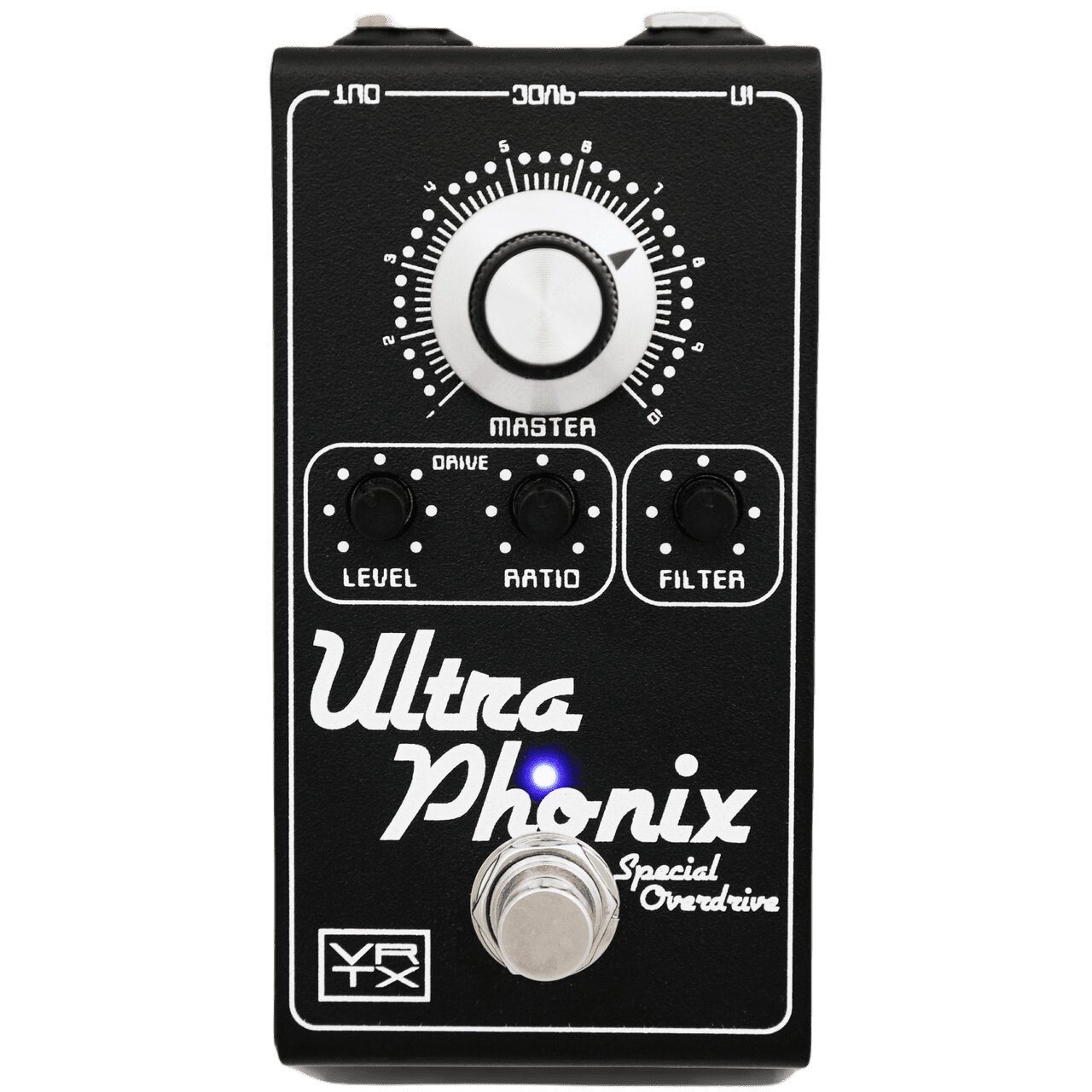
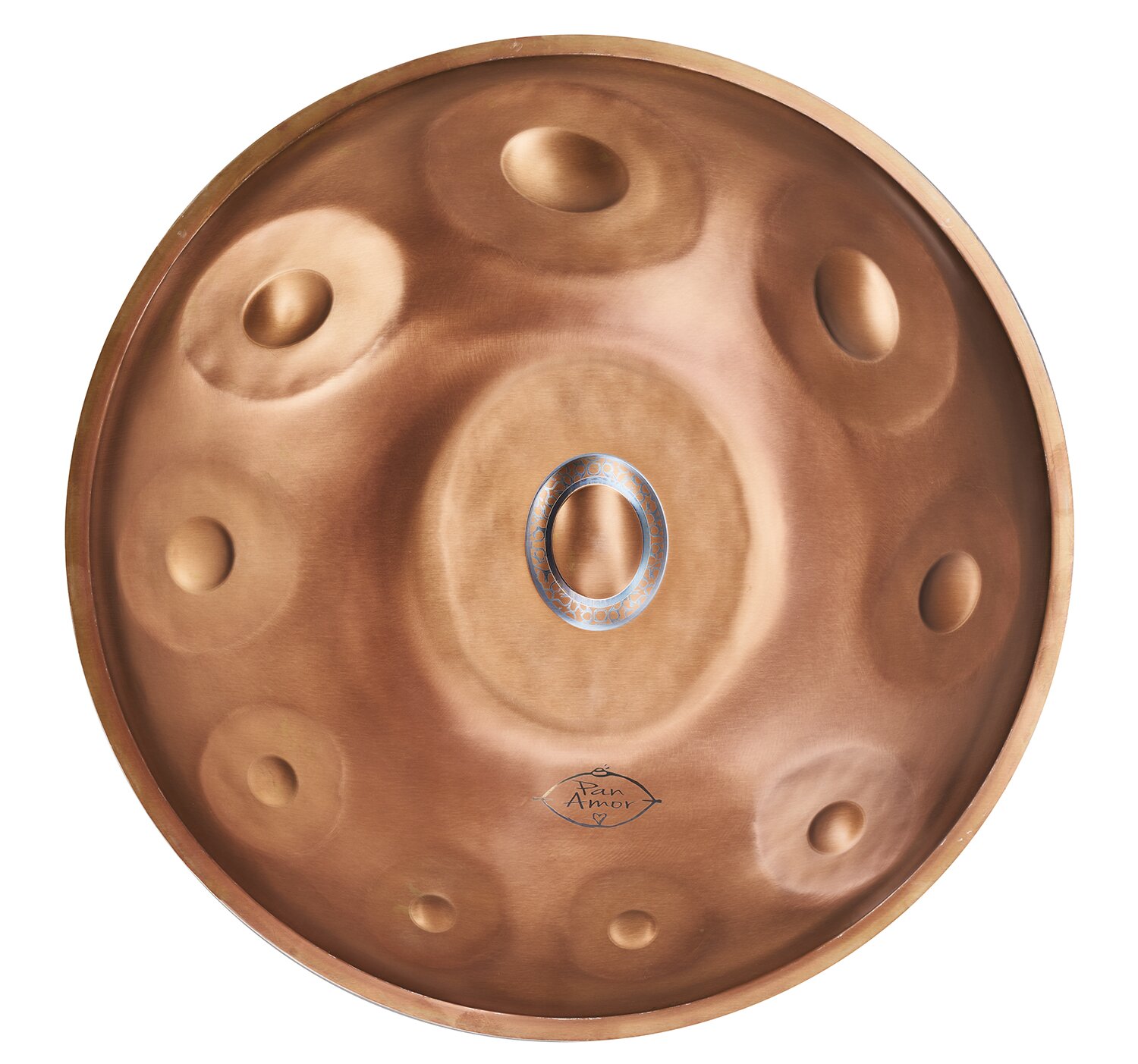
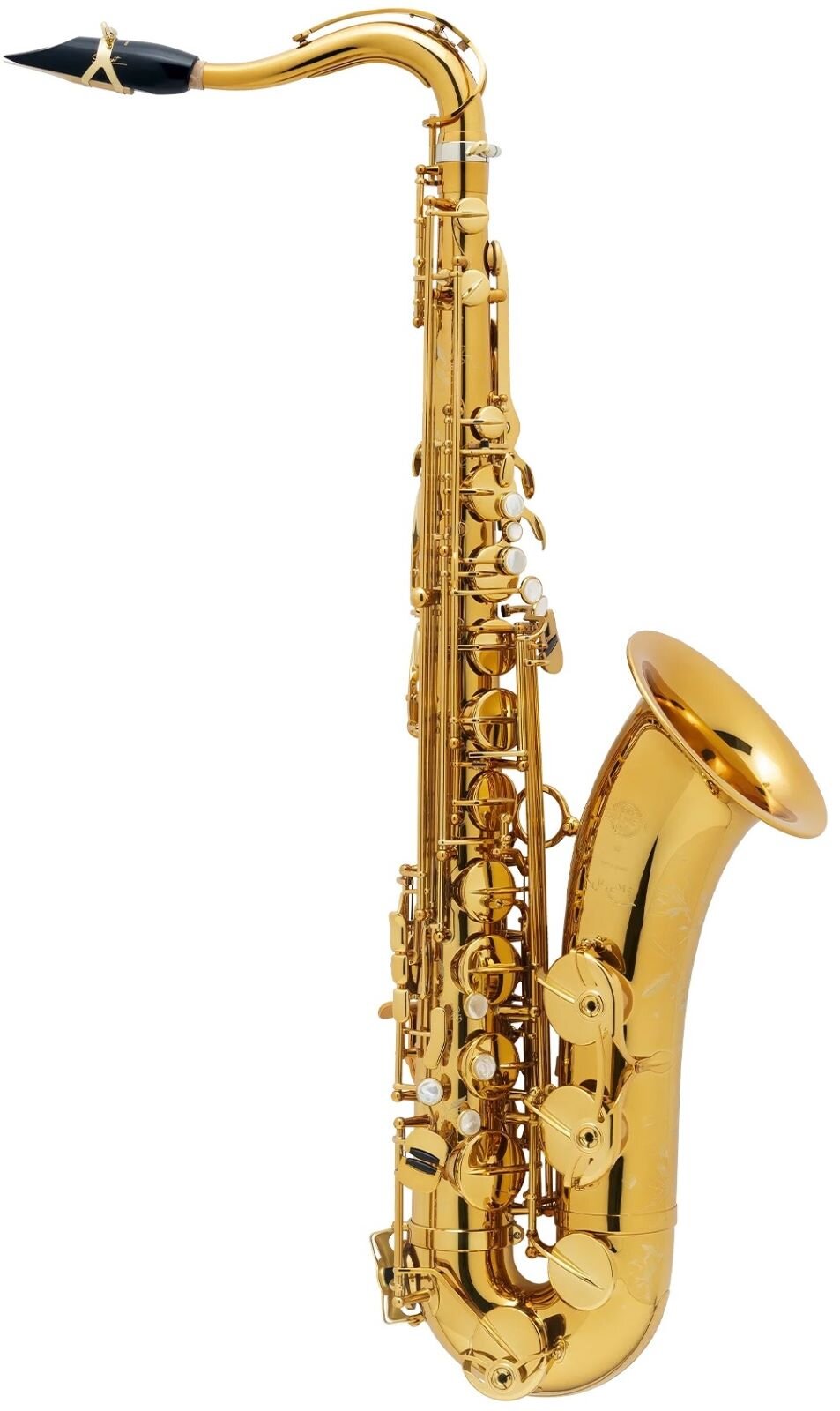

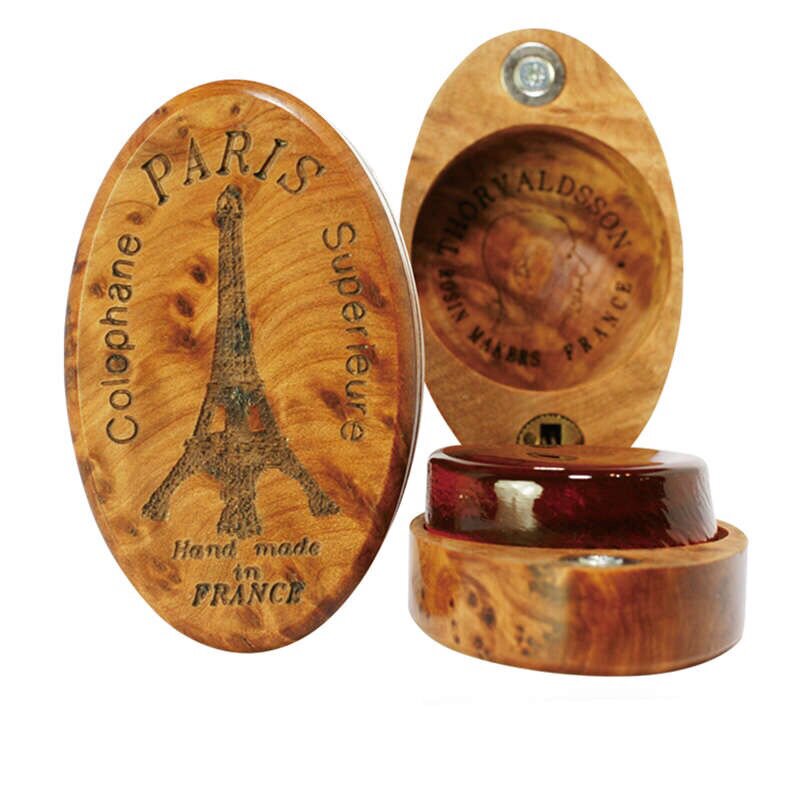
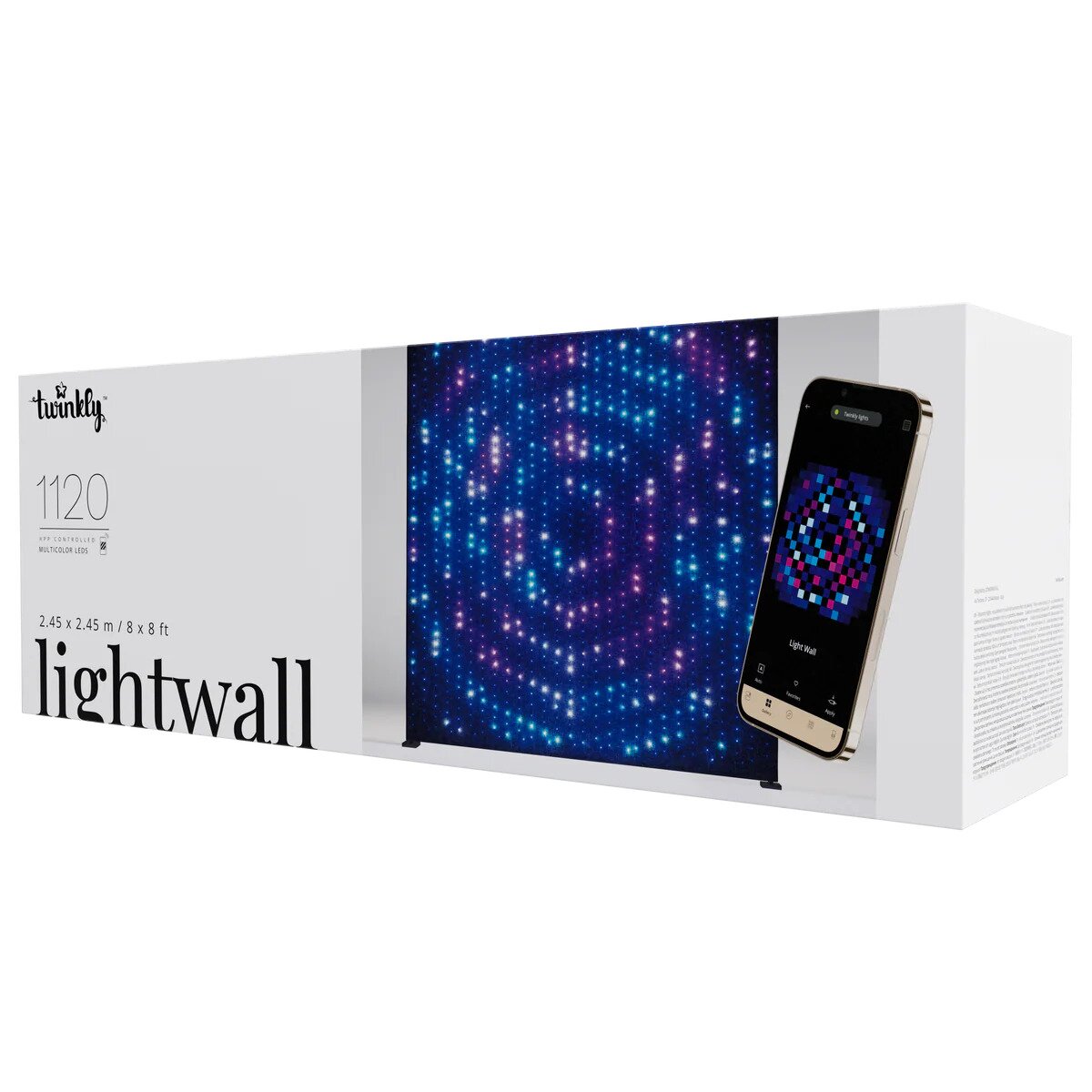

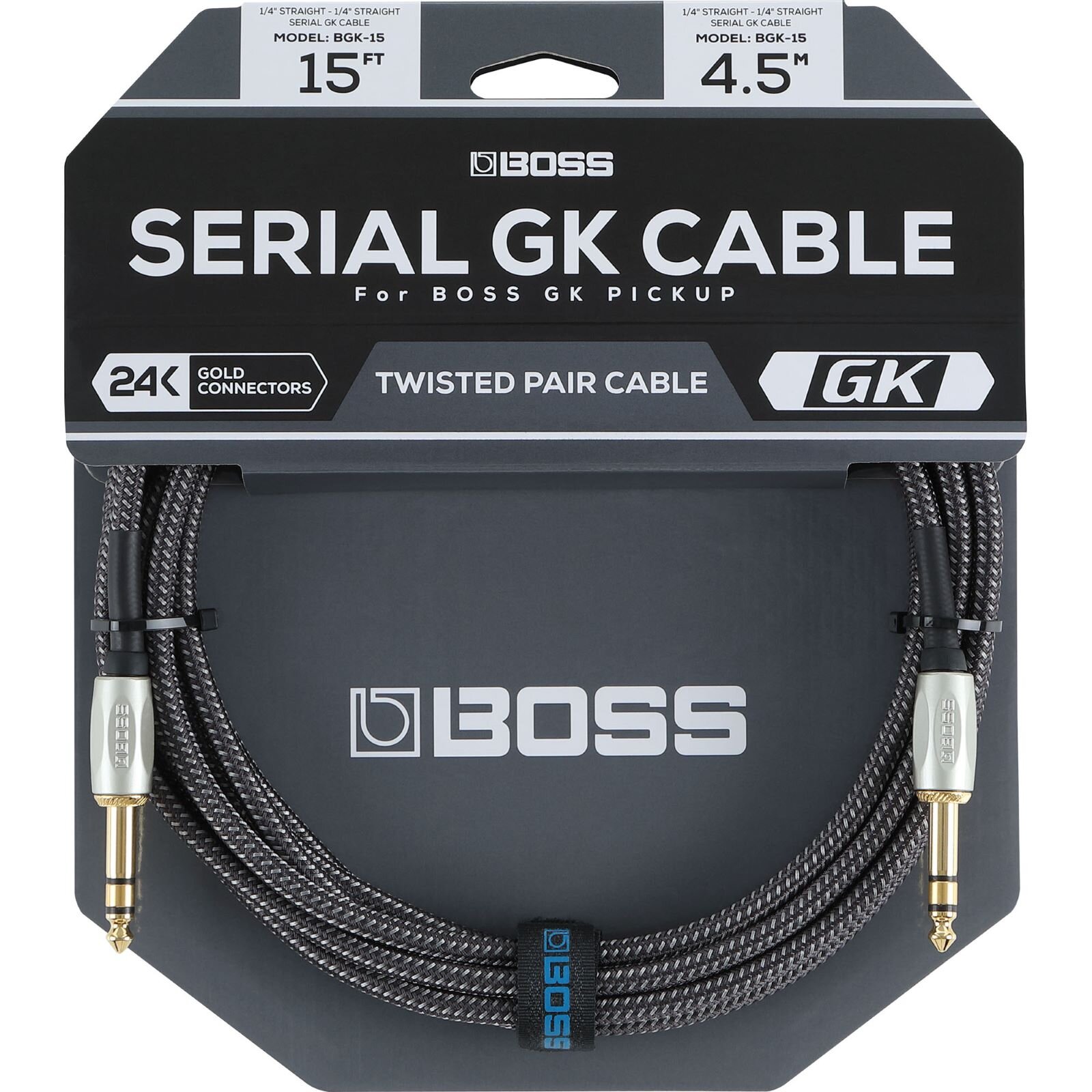


 HPH-MT8 (37 Ohms, Closed)
HPH-MT8 (37 Ohms, Closed)